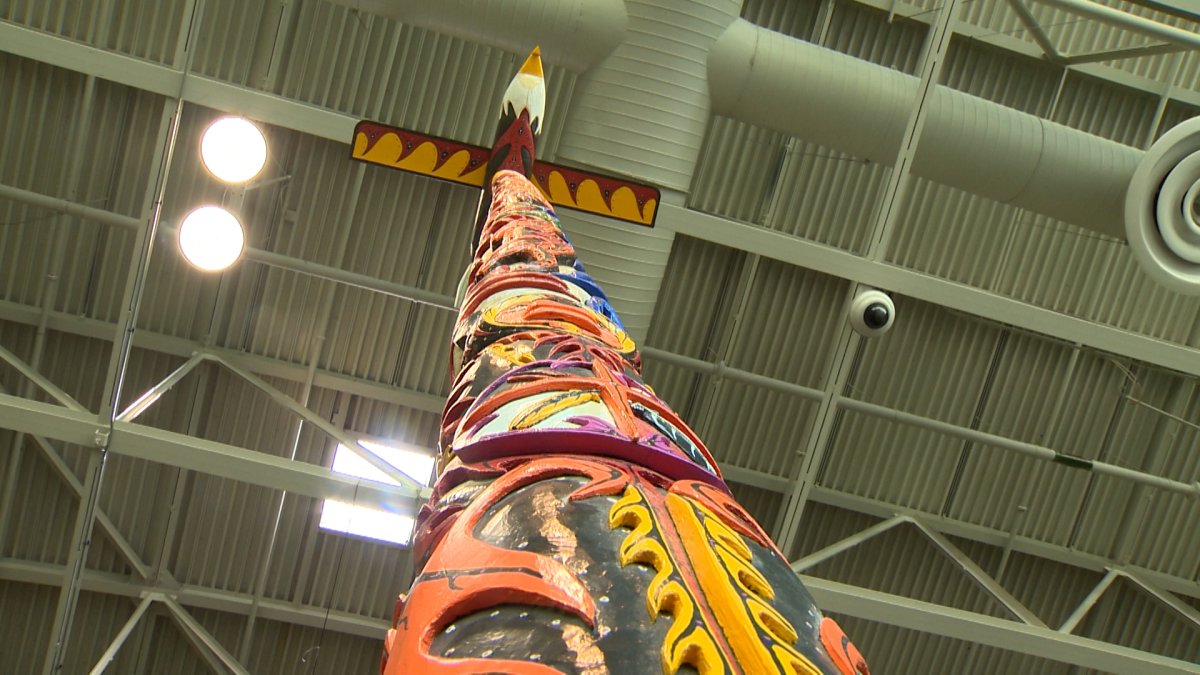Surveys dating back decades have shown time and again that Canadians love their country, but they don’t know it all that well. Historical literacy in this country is bad. Really, really bad.

Years ago, I jokingly wrote that most Canadian students were taught in school that our history was something like this:
“Europeans showed up and some unfortunate things happened with natives, and then the English beat the French but it’s best not to dwell on that, and then we burned the White House down to put the Americans in their place, and then we made our own country and built some trains, and then we SEIZED VIMY RIDGE AND THE BEACHES OF NORMANDY, and then multiculturalism, peacekeeping and health care. Oh, and the Queen.”
That’s it. That, I joked, was Canadian history according to our public schools.
The problem is, I was barely joking. That might actually be overly generous to how much Canadians know about their history.
That hasn’t changed, unfortunately. Except, perhaps, in one area of study. In recent years, a lot of attention has been paid to the often horrific history of Canadian Indigenous peoples. Some of the history is as close to ancient as Canada gets, dating back well before we existed as our own country. Some of it is tragically recent, or even ongoing.
But the point is that this process — the “truth” part of Truth and Reconciliation — is at least getting the attention it deserves. It’s important that that history be taught, and well.
That’s why I winced when I read this week that a totem pole had been removed from its place in front of a school in Stouffville, Ont., in the Greater Toronto Area. The pole had been erected 44 years ago, at the initiative of Bernadine Mumford, then a teacher at the school. It was constructed by staff and students, using a pole donated by the local utility company. It was explicitly built to serve as a monument to Canada’s Indigenous people and a recognition of their suffering.
Alas, good intentions only take you so far in 2017.
After a member of the community complained, local school board officials investigated the pole and, though granting it was meant well, decided that since it was built without the consultation of Indigenous tribes (particularly the West Coast tribes that erect totem poles), it reflected another example of dreaded “cultural appropriation” (which, in effect, is when one culture makes use of an object or symbol of another culture, often but not necessarily insensitively). The pole, it was decided, would come down. And, last Friday, down it came.
I want to be clear. The school didn’t panic in the face of social media outrage, a sustained campaign of protest or some manufactured controversy. It seems like everyone attempted to act in good faith. Indeed, the National Post has reported that the local First Nation, when consulted, raised objections that were far less ideological than pragmatic: the pole was apparently in poor condition and would have needed substantial work to remain standing, and since it was offending people, they suggested just taking it down, even though they weren’t offended and recognized it was erected in good faith.
Fair enough. I accept that everyone here was acting responsibly. But the loss of the pole is still a shame: it was, in its own way, historic.
As Canada grapples with the dark parts of its history, here was a point of light. Sure, it might have been done hamfistedly, without what we’d now recognize as proper consultation. But it wasn’t just a piece of wood, or even a culturally appropriated symbol (as we’d recognize the term today): it was also a sign that even decades before Truth and Reconciliation, before Orange Shirt Day, before recognition of Indigenous territories became a routine part of public remarks, there were Canadians who did know our history, who did care about its dark chapters, and who wanted this country to do better. Failure to consult with First Nations was unfortunate, but it should not have been insurmountable.
Forty-four years ago, teachers and students came together to do their honest best to make a meaningful change to the relationship between their country and Indigenous nations. That in itself is significant. It was — is — something worth commemorating and remembering.
WATCH: Caught on camera: White student with dreadlocks confronted for ‘cultural appropriation’

There’s a lot of darkness in our history of treatment of Indigenous peoples, but there were also Canadians who saw what was happening, were genuinely moved and tried to make a difference. That’s what happened 44 years ago in Stouffville. That’s worth something.
We live in an era of reconciliation, of course, or so we’re told (how deeply that takes root very much remains to be seen). But we also live in an era where people, especially when employed by large institutions (and especially public ones, like school boards), are terrified of causing any offence. I can understand, in the abstract, why no one at the school board wanted to be the person to speak out in defence of an item that had offended a member of the public, particularly if the member was themselves Indigenous. Who wants to be social media’s next face of cultural appropriation?
But it’s a shame.
The pole was as much a part of Canada’s history with Indigenous peoples as residential schools and discarded treaties. A small part, true, but a part nonetheless. It had the distinction of being a part actually worth honouring. The pole needed upkeep, and it certainly could have been rededicated with input and involvement from local First Nations, and even turned into a part of the local story of indigenous history.
Instead, it’s gone, and a piece of our history with it. No wonder we know so little of our history: until we stop running from it, good and bad, how can we convince anyone to learn it in the first place?
Matt Gurney is host of The Morning Show on Toronto’s Talk Radio AM640 and a columnist for Global News.








Comments